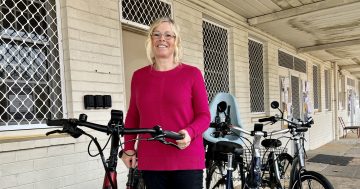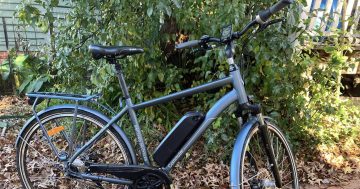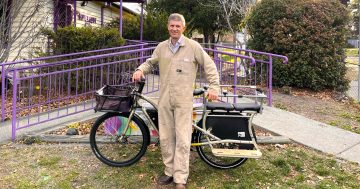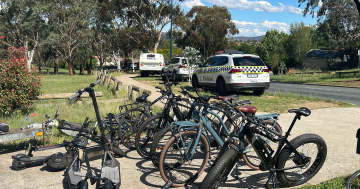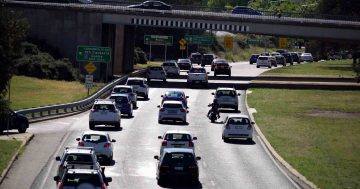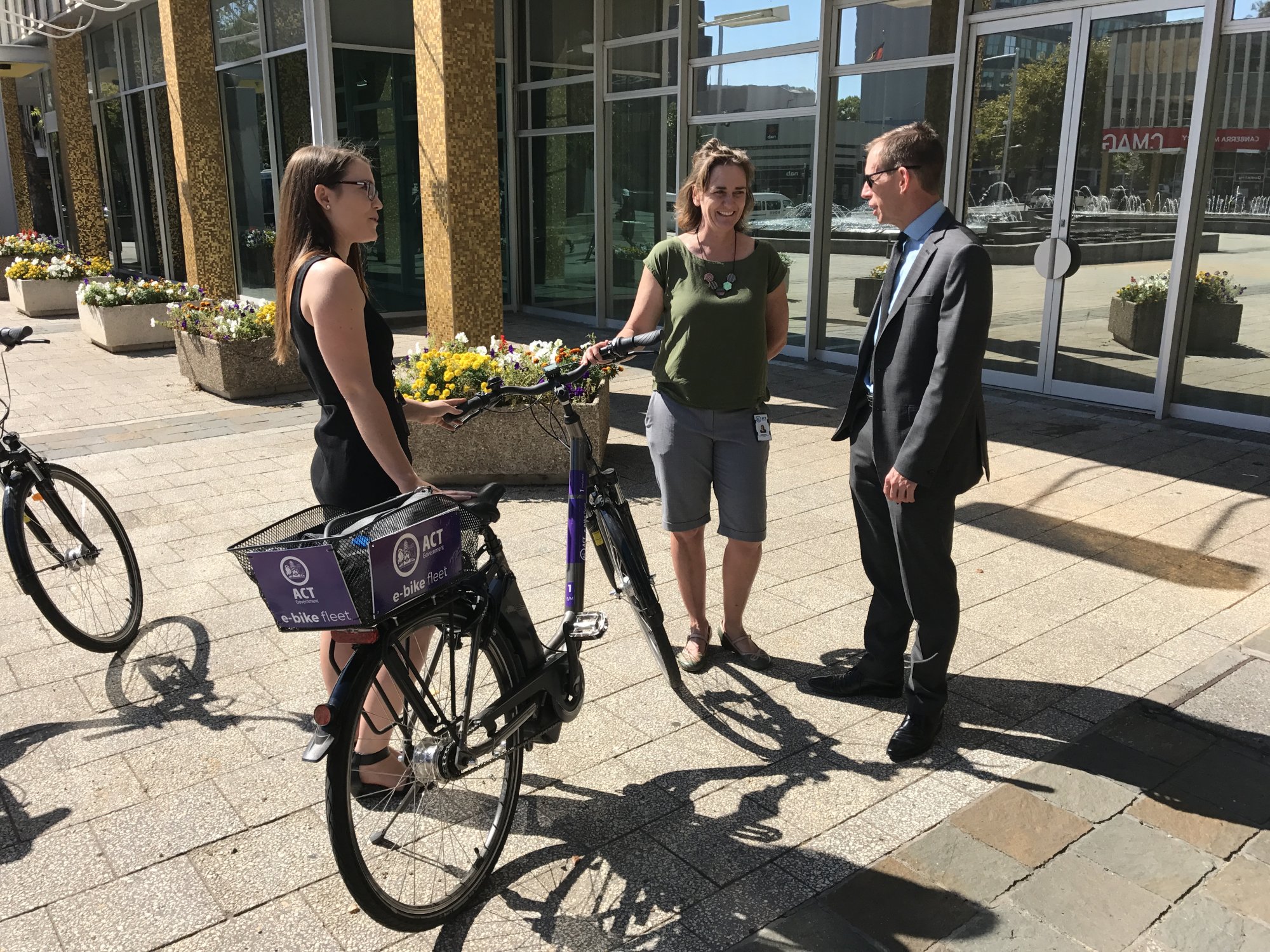
The ACT Government’s fleet of electric bikes has been employed enthusiastically by staff in four directorates along the Northbourne-Civic corridor.
Minister for Climate Change and Sustainability Shane Rattenbury said that the fleet of eight bikes has now travelled 2500 kilometres – more than the distance between Canberra and Wellington – since a trial commenced in August 2016.
“The eight e-bikes introduced to the ACT Government’s vehicle fleet have proven popular with staff in participating Directorates since being introduced in the last few months of last year,” Mr Rattenbury said.
“E-bikes are easy to use and provide a healthy and sustainable alternative to work cars and taxis for short work trips. The riders still need to pedal but the electric motor makes it easier and ensures they get to their work meeting comfortably and efficiently.”
The Government’s electric bikes can reach up to 25km an hour when the electric-assist motor is used.
Mr Rattenbury regularly cycles to work on his own bike and encourages his staff to ride to work and to meetings. He has recently signed up to participate in Pedal Power ACT’s ride-to-work initiative Cycle Works, to promote the benefits of active travel.
The Cycle Works initiative aims to get more Canberrans riding to work and meetings, and is supported by the ACT Government as it works towards meeting carbon neutrality, healthy work, and active travel targets.
“The ACT Government is committed to leading the way on carbon neutrality through increasing sustainable work travel options for staff. Directorates promote the use of active travel, walking, cycling or taking public transport, for short work trips,” Mr Rattenbury said.
More than 150 staff have now been inducted in how to safely use the Government e-bikes. Most journeys take place between Dickson and Civic or Barton, making use of Canberra’s bike path network.
“As well as encouraging active travel and the health benefits of exercise, the use of e-bikes helps reduce costs such as taxi fares, car parking, bus fares and fleet running costs as well as reducing greenhouse gas emissions,” said Mr Rattenbury.
He also indicated that the electric bike fleet may soon expand, with more directorates considering adopting the initiative with the success of the initial trial.
Anne Treasure is the Communications Manager for Pedal Power ACT. She writes on bike riding in the ACT from the perspective of a lapsed bicycle rider who should be cycling more.












